Astigmatism occurs when the cornea or lens of the eye isn’t shaped like a perfect sphere. This irregular shape causes light rays to focus at multiple points inside your eye, resulting in blurry or distorted vision. There are different types of astigmatism, and understanding the nuances between them is crucial in addressing vision issues effectively.
Types of Astigmatism
Astigmatism is relatively common, affecting almost a third of all the people in the world. There are two main types of astigmatism: regular and irregular. Here’s a look at each:
- Regular astigmatism is the most common type of astigmatism. In this type, the principal meridians, which are the two lines of steepest and flattest curvatures on the cornea, are perpendicular to each other. This means that the cornea is curved more in one direction than in the other (sometimes described as being shaped like a football rather than a soccer ball). Regular astigmatism can be corrected with eyeglasses, contact lenses or refractive surgery.
- Irregular astigmatism is less common than regular astigmatism. In this type, the principal meridians aren’t perpendicular to each other. This means that the cornea is curved irregularly in multiple directions. Eye injuries, scarring and certain eye conditions such as keratoconus can cause irregular astigmatism. This type of astigmatism can be more difficult to correct than regular astigmatism and may require custom-made contact lenses, known as scleral lenses.
Astigmatism frequently occurs with other vision conditions like myopia (nearsightedness) and hyperopia (farsightedness). Regular astigmatism is not an ocular health problem, but rather an issue with the structure of the eye and how it’s shaped.
Symptoms of Astigmatism
Some common symptoms of astigmatism include:
- Blurry or distorted vision, including doubling (like a shadow)
- Headaches
- Eye strain
- Difficulty seeing at night
- Squinting
The symptoms can vary from person to person.
How Astigmatism Can Be Corrected
There are several ways to correct astigmatism, including:
- Eyeglasses – astigmatism correction prescribed in glasses can help to focus light rays correctly, improving vision.
- Contact lenses, including toric contact lenses, can also be used to correct astigmatism.
- Refractive surgery, such as LASIK or a photorefractive keratectomy (PRK), can reshape the cornea to correct astigmatism. Diseases that cause irregular astigmatism may require corneal transplants or collagen cross-linking to improve or stabilize vision.
The Role of an Eye Exam
Whether regular or irregular, astigmatism is diagnosed through a comprehensive eye exam. Regular eye check-ups are crucial for detecting astigmatism and ensuring you’re treated quickly to maintain optimal vision.
Eye Exams in Edmonton
If you’re experiencing blurred or distorted vision, see a professional eye doctor at Optometrists’ Clinic Inc. Contact us today in Edmonton, Westlock or Leduc to schedule an eye exam to determine the type of astigmatism you may have and explore the best options for clearer, sharper vision.



